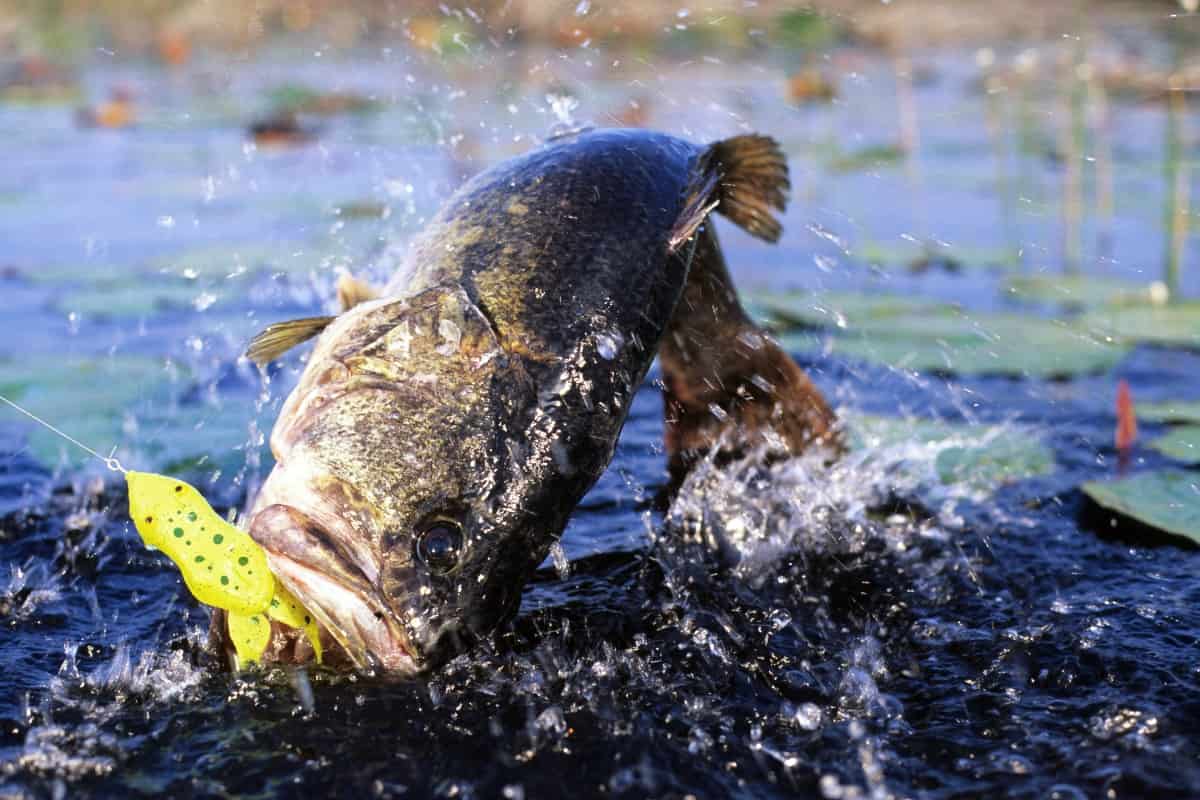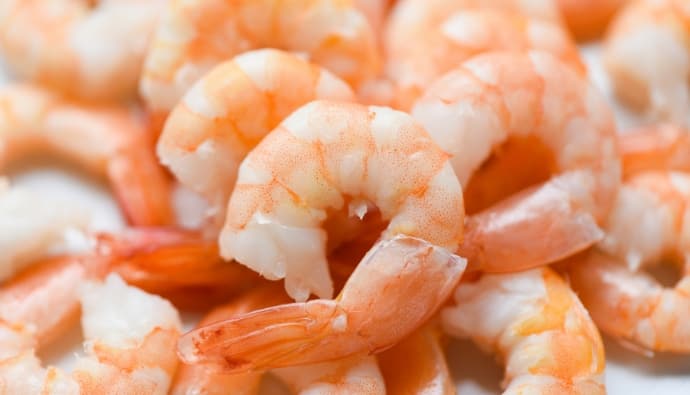Curious minds wonder about the secrets hidden beneath the water’s surface.
This article will dive deep into the world of bass and uncover the truth about their resting behavior. Along the way, we’ll explore the factors that influence how these popular fish recharge their energy.
Whether you’re an angler looking to refine your fishing strategies or simply someone captivated by the mysteries of aquatic life, this article will enlighten you with fascinating insights into the life of bass.
So, let’s embark on this journey together and uncover the truth behind the sleeping fish.

Understanding How Fish Sleep and Rest
Do fish sleep?
Well, sort of. Let’s dive in.
Fish sleep is different from mammal sleep. Mammals have a clear sleep-wake cycle, with REM sleep and deep sleep stages. Fish, however, experience a more passive rest state. No REM sleep for our finned friends!
But wait, there’s more.
Fish don’t have eyelids. So, when most fish sleep, it’s not the same way as traditional sleep. They stay alert to potential dangers even when resting, keeping their senses sharp.
And that’s just the beginning.
Bass Fish Sleep and Resting Behavior
All living creatures, including most fish species and other animals, need rest.
For all types of bass, their resting habits differ from ours. They often remain motionless or hover close to cover, such as rocks, plants, or other underwater structures. This allows them to conserve energy while staying hidden from potential threats.
But what factors affect their resting behavior?
Firstly, water temperature plays a crucial role. When the water is cooler, bass tend to rest more frequently, conserving energy for bursts of activity when needed. Conversely, in warmer waters, bass remain active and rest less.
And during the cold winter months, warm water species, such as largemouth bass and smallmouth bass, and other fish, spend much of their time resting and lying at the bottom of the water.
Secondly, the time of day is significant. Bass generally prefer to rest during daylight hours and become more active as darkness falls. This nocturnal behavior helps them avoid predators and hunt more effectively.
Lastly, environmental conditions, like water clarity, water current, and availability of cover, can influence their resting habits. Bass may seek more protected areas to rest in turbulent waters or murky conditions, while in calm and clear waters, they might rest in more open spaces.
Discover more about bass behavior and improve your fishing game!
Why It Matters: The Importance of Knowing Bass Fish Sleep Patterns for Fishing
Knowing bass fish sleep patterns matters.
Anglers can use this knowledge to improve their fishing strategies and land more bass. When you understand when and where bass rest, you can better predict their movements and behavior.
Here’s how it helps:
First, aim to fish when bass are most lively. As they usually exhibit greater activity in the early morning, late evening, or at night, schedule your fishing adventures during these periods. You’ll increase your chances of success as bass are more likely to search for food instead of resting.
Now, let’s think about water temperature. Remember that cooler waters may lead to bass resting more frequently. So, in colder conditions, focus on areas where bass might seek cover to conserve energy. In warmer waters, look for spots where bass might be more active and aggressive in their feeding.
Lastly, pay attention to environmental factors. In murky or turbulent waters, bass are likely to seek sheltered spots for resting. On the other hand, in clear and calm waters, they might be found in more open spaces.
By understanding bass rest patterns, anglers can adjust their approach to fishing and increase their chances of hooking a big one.
How Bass Respond to External Stimuli While Resting
Bass boast an impressive awareness of their environment.
They maintain a keen sense of vibrations and noises under the water’s surface, even in their most relaxed state. Their extraordinary lateral line, a unique sense that picks up water movement and pressure alterations, allows them to react promptly to any disruptions nearby.
Let’s dive into the details:
When bass feel vibrations or hear noises, they might react by becoming alert or even moving away from the source of the disturbance. This reaction can be a double-edged sword for anglers – it could either spook the bass or draw them closer.
Now, use this knowledge wisely:
Anglers can take advantage of bass sensitivity by being stealthy in their approach. Move quietly, and avoid making unnecessary noise or creating excessive water disturbance. This way, you can get closer to the bass without scaring them away.
On the flip side, sometimes a little disturbance can attract bass. Techniques like using lures that create vibrations, or tapping the side of your boat to imitate the sound of struggling prey, might pique a bass’s curiosity and draw it towards your bait.
Understanding how bass respond to external stimuli while resting can help anglers refine their techniques and improve their chances of catching these elusive fish. The key is to strike the right balance between stealth and strategic disturbance.
Additional Factors Affecting Bass Activity
Seasons shape bass activity.
Apart from resting patterns, there are other factors that influence bass activity throughout the year. Let’s dive into three important factors: seasonal changes, spawning behavior, and feeding patterns.
First, seasonal changes:
Bass behavior varies as seasons change. During spring and fall, they tend to be more active, feeding heavily and roaming shallower waters. In summer, they might retreat to deeper, cooler waters during the day and become more active at dawn and dusk. In winter, their metabolism slows down, and they become less active in the cold water.
Spawning behavior plays a crucial role as well.
During the spawning season, which typically occurs in spring, bass become laser-focused on reproduction. They turn territorial, guarding their nests with vigor. By using lures that resemble potential threats to their young, anglers can provoke bass into a defensive response, making them easier to catch.
Finally, let’s explore their feeding patterns.
As predators, bass have distinct feeding habits that affect their overall activity. They tend to hunt more during low-light conditions like early mornings, late afternoons, or cloudy days when their prey is most vulnerable. By keeping these patterns in mind, anglers can pinpoint the ideal times to pursue bass.
Conclusion
We dove into the fascinating world of bass resting behavior, discovering that while they don’t sleep like mammals, bass do rest by remaining motionless or hovering near cover. We also learned that factors such as water temperature, time of day, and environmental conditions influence their resting patterns.
Understanding bass resting behavior and their sensitivity to vibrations and noises while at rest is crucial for anglers. This knowledge can help improve fishing strategies by targeting bass when they are more active and less likely to be resting.
Additionally, we explored other factors affecting bass activity, including seasonal changes, spawning behavior, and feeding patterns. These insights further equip anglers to adapt their techniques and increase their chances of success on the water.
Now that you have this valuable information go out and refine your fishing strategies, armed with a deeper understanding of bass behavior. Happy fishing!





 Facebook
Facebook YouTube
YouTube








